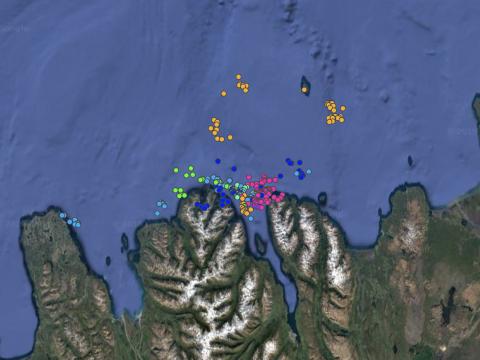
Since 2007 we have actively been collecting data on the diversity, distribution, abundance and site fidelity of minke whales and humpback whales in the waters of Faxaflói. Our photo-id data is vital for understanding whales in the area, but whales are on the surface briefly where we can only catch a short glimpse. Using various telemetry methods allows us to get a holistic view into their lives.
As part of our growing research program we began fine scale telemetry research in the summer of 2015 in collaboration with U.S Marine Biologist Jacob Levenson. Under his expert guidance we are able to better understand detailed behaviour and habitat use of these valuable animals our business depends on.
This year we are using satellite tagging for movement analysis and next year in addition to satellite tags, we’ll be putting out tags that are basically like little iPhones or Fitbits for whales. These tags function as activity trackers to let us know how whales use their habitat.
The disinfected tags are shot from an 'air gun' and attach themselves on the outer layer of the whales' skin. Although the whale may show change in behaviour just as the tag is being placed on its back, it won't notice that it is there in the long run.
We have been eager to follow the whales' movements and see where they hang around and travel to ever since our expedition. At the moment one whale appears to be doing an anticlockwise trip around Iceland and another seems to be heading further North to Greenland. The rest of them don't seem to have wandered too far off where they were first tagged.
By mapping and tracking the whales' travel patterns like this, we can get a good idea of why they return to the same areas year after year. For 2019-2022 we plan to add satellite telemetry and suction cup fine scale tagging in addition to our continued visual surveys.
We are very grateful and honoured to have the opportunity to contribute and partake in such an exciting project and we look forward to tracking the whales' movements in the coming future.
Follow our research blog to get updates on our tagged whales' travels!








